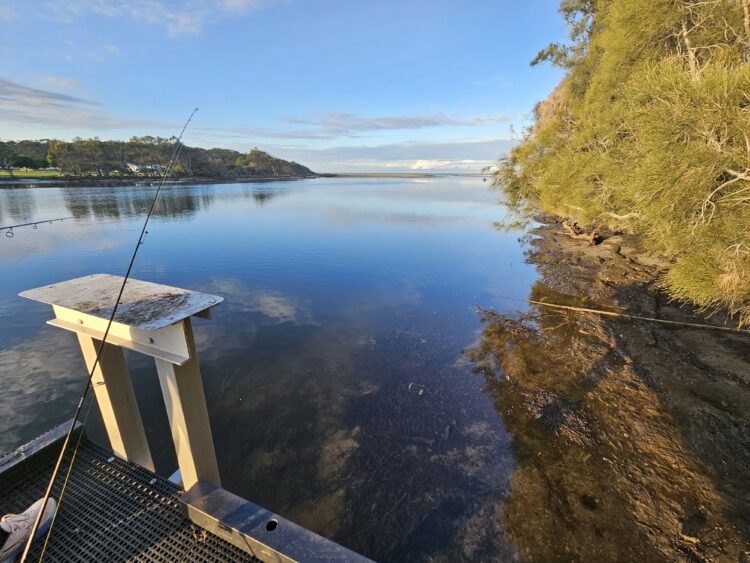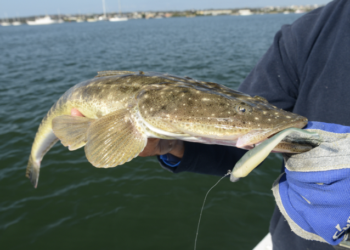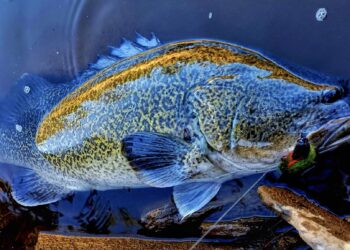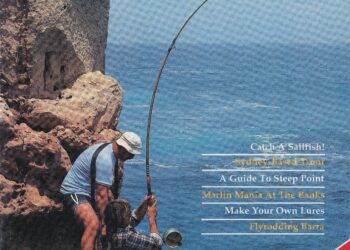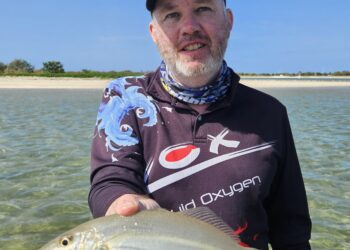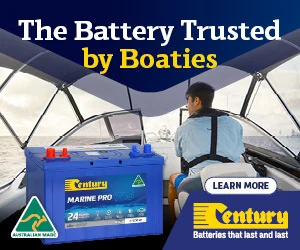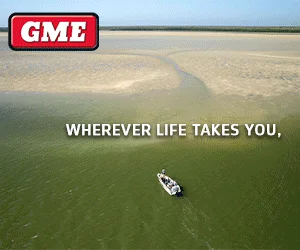MANY estuary anglers would have heard the term ICOLL – it’s a clunky acronym that stands for Intermittently Closed and Open Lake and Lagoon.
ICOLLs are those bodies of water typically found in the country’s south-east that are defined
by their fluctuating connection with the ocean.
Put more simply, they’re estuaries that are sometimes open to the sea, and sometimes
closed.

If you’re familiar with the NSW south coast, you’ll know of at least one or two ICOLLs.
They’re commonplace south of Sydney and many are in the vicinity of popular tourist towns.
You may have fished one before, too. They can be terrific fisheries, producing some of the
best catches on the coast at times.
I’ve been fishing a few ICOLLs in my neck of the woods of late and have been impressed
with the results.
They’re unique waterways, and fish differently to a system that’s permanently open to the
sea and at the mercy of ocean current and tidal flow.
ICOLLs can close for long periods – sometimes years in prolonged dry spells.
Most open at least once or twice a year, depending on the system and the weather cycles.
A handful rarely open. In fact, I can think of a couple that haven’t opened to the sea in more
than a decade.
One lake I regularly fish is surrounded by a low-lying village. When the water gets to a
certain height (i.e. when it’s lapping at residents’ back steps) it is mechanically opened by
the local council.
Other systems are left to their own devices and must wait until natural forces prise them
open. It usually takes a powerful East Coast Low, bringing a combination of big seas and flooding
rain.
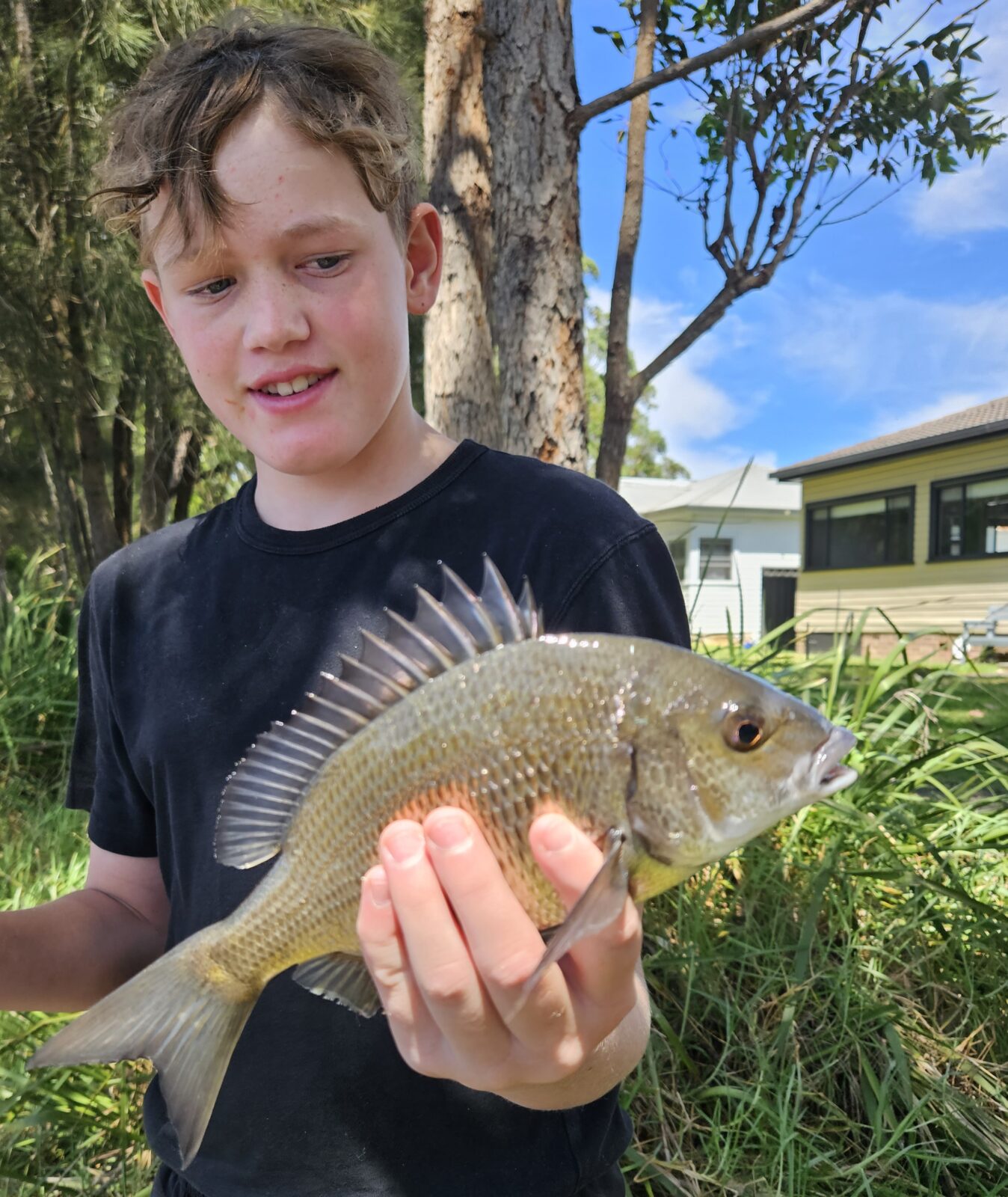
Often, the longer they remain closed, the harder they are to open – naturally or
mechanically. A lot of ICOLLs – not all, mind you – are characteristically small, shallow and comparatively featureless.
The small systems sometimes don’t have easy vehicle access or flash launching facilities.
As a result, they suit themselves to small craft like kayaks and car-topper tinnies.
This also means they tend to receive comparatively less fishing pressure than the larger,
more popular tidal systems. They’re well worth exploring because you often never know what you’re going to get!
The fishing in your typical ICOLL can change dramatically, dictated by the whims of Mother
Nature. I very recently fished a system that had opened for the first time in many months.
When closed, it’s traditionally a decent little system for southern black bream, flathead, perch
and mullet – species that can well and truly handle an estuary that’s off limits to the ocean.
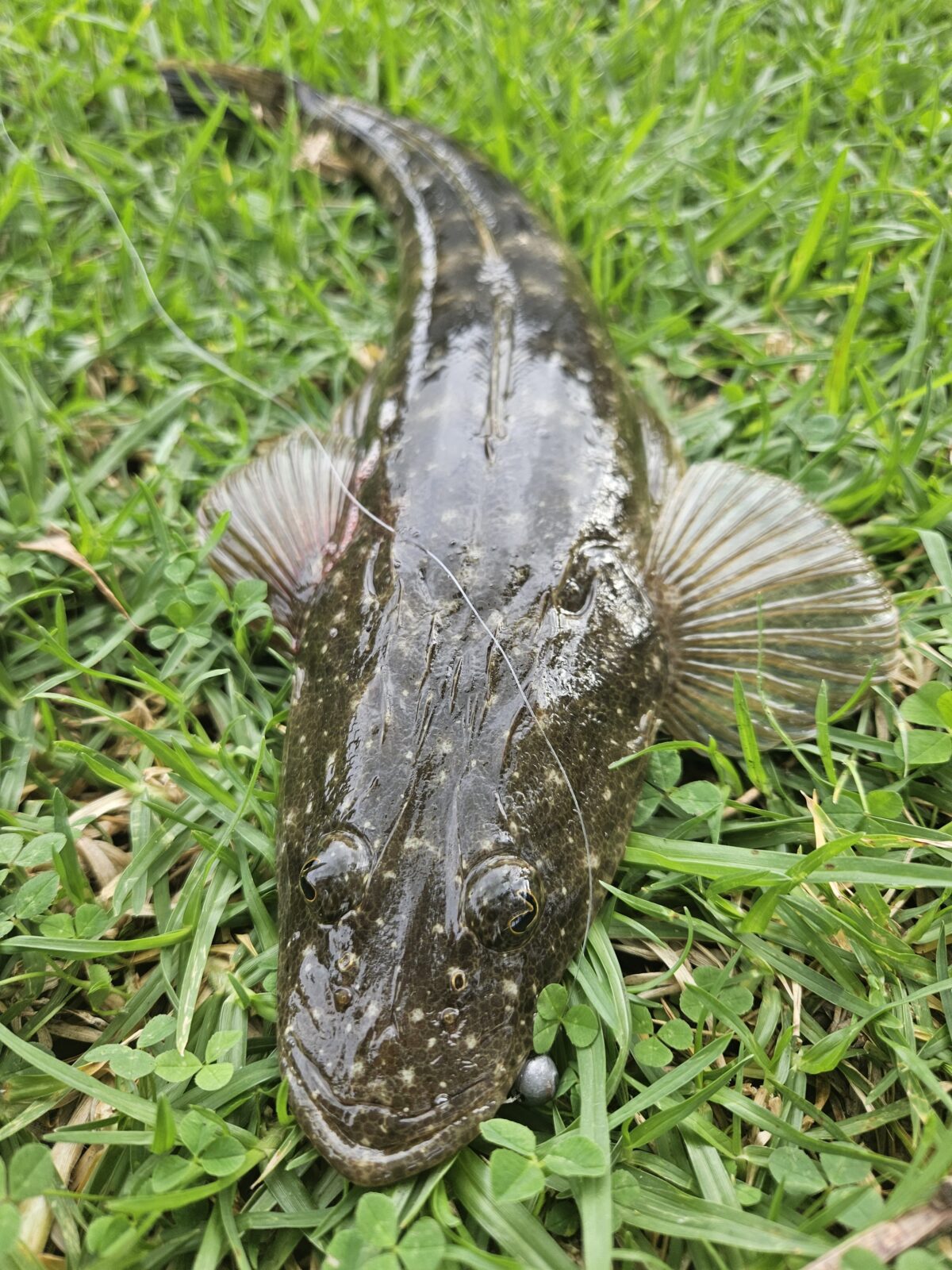
On this occasion, though, the water was tidal and clean, and I encountered species I had
never seen in this little inlet, including schools of solid silver trevally, some yellowfin bream,
and scores of undersized pinkies.
The mouth has closed now, so it will be interesting to see whether these fish remain in the
lake.
Fish trapped in ICOLLs for extended periods can grow to immense proportions, provided
there’s an abundant food supply.
Many years ago, I fished a small system in far east Gippsland that had been closed for
years, trapping big schools of tailor. These fish had grown fat and fast on a diet of poddy mullet and prawns and were genuine greenbacks pushing 70cm. Some were close to 80.
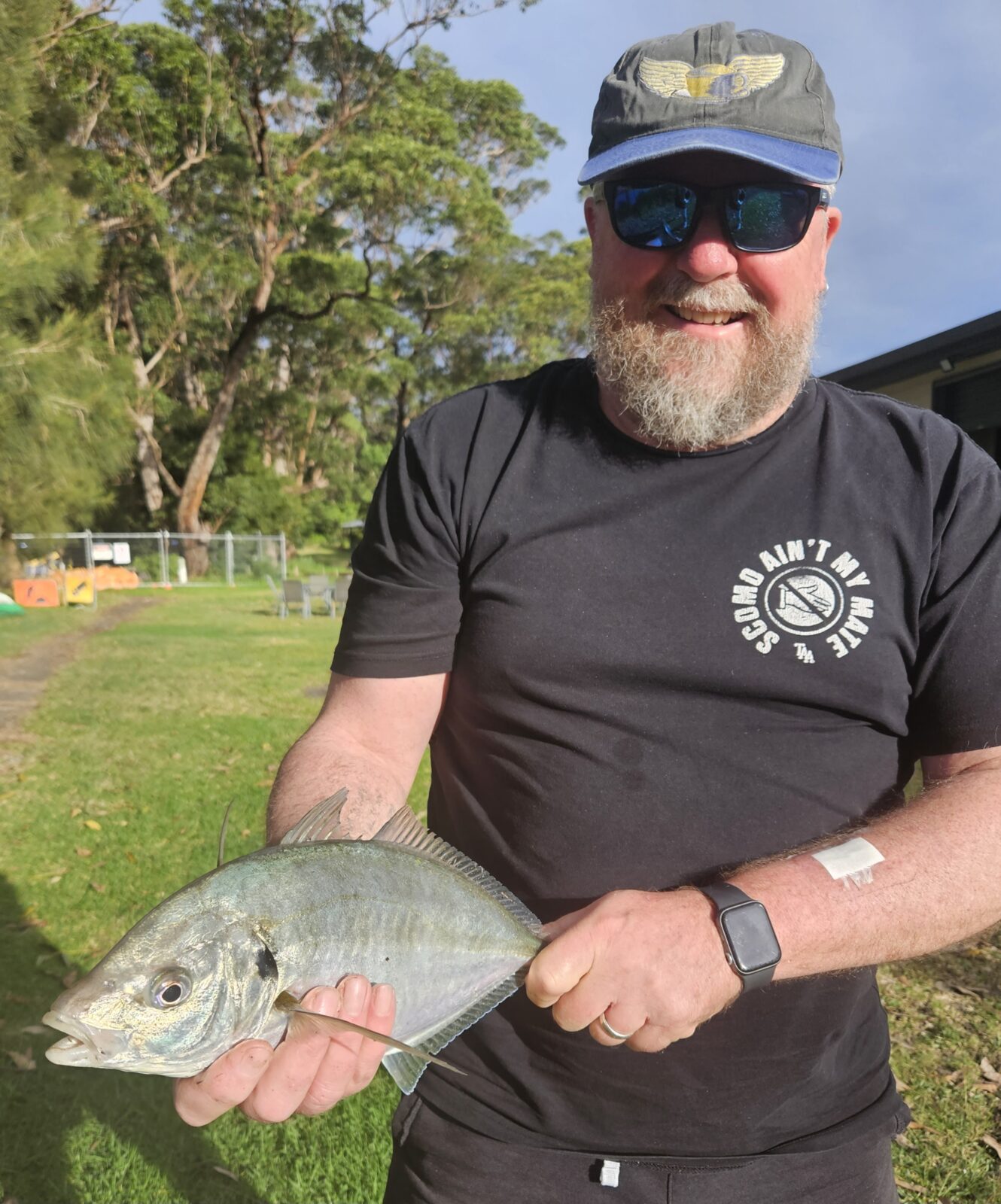
Fishing personality Steve “Starlo” Starling famously caught a 90cm tailor weighing over 7kg
from an ICOLL is his backyard on the far south coast years ago. It adorned the front cover of
magazines and remains one of his most memorable catches.
Because there isn’t any tidal influence in closed lakes and lagoons, traditional fish behaviour
can change. Instead of their movements being dictated by the ebb and flow of the tide, species often spread out across the system, depending on where the food sources are.
In my experience it makes them a little less predictable, but still very catchable. Focusing your efforts on obvious signs of baitfish or prawns is a good place to start. Wind-blown shorelines often fish well, too.
And the tried and trusted approach of fishing around structure such as sunken timber, weed
beds and rock bars is always worth adhering to.
When a closed ICOLL fills and starts threatening to open, the species in the lake often
gravitate towards the mouth. Their senses can obviously predict that an opening to the sea
is imminent and they’re the first to react.
It means very full ICOLLs often fish best in the lower reaches, where flathead, bream, mullet
and other species congregate ahead of the entrance bursting open.
The system I regularly fish produced and handful of whopping dusky flathead nudging a
metre in the weeks and day before it opened. They were all caught right near what was
about to become the mouth.
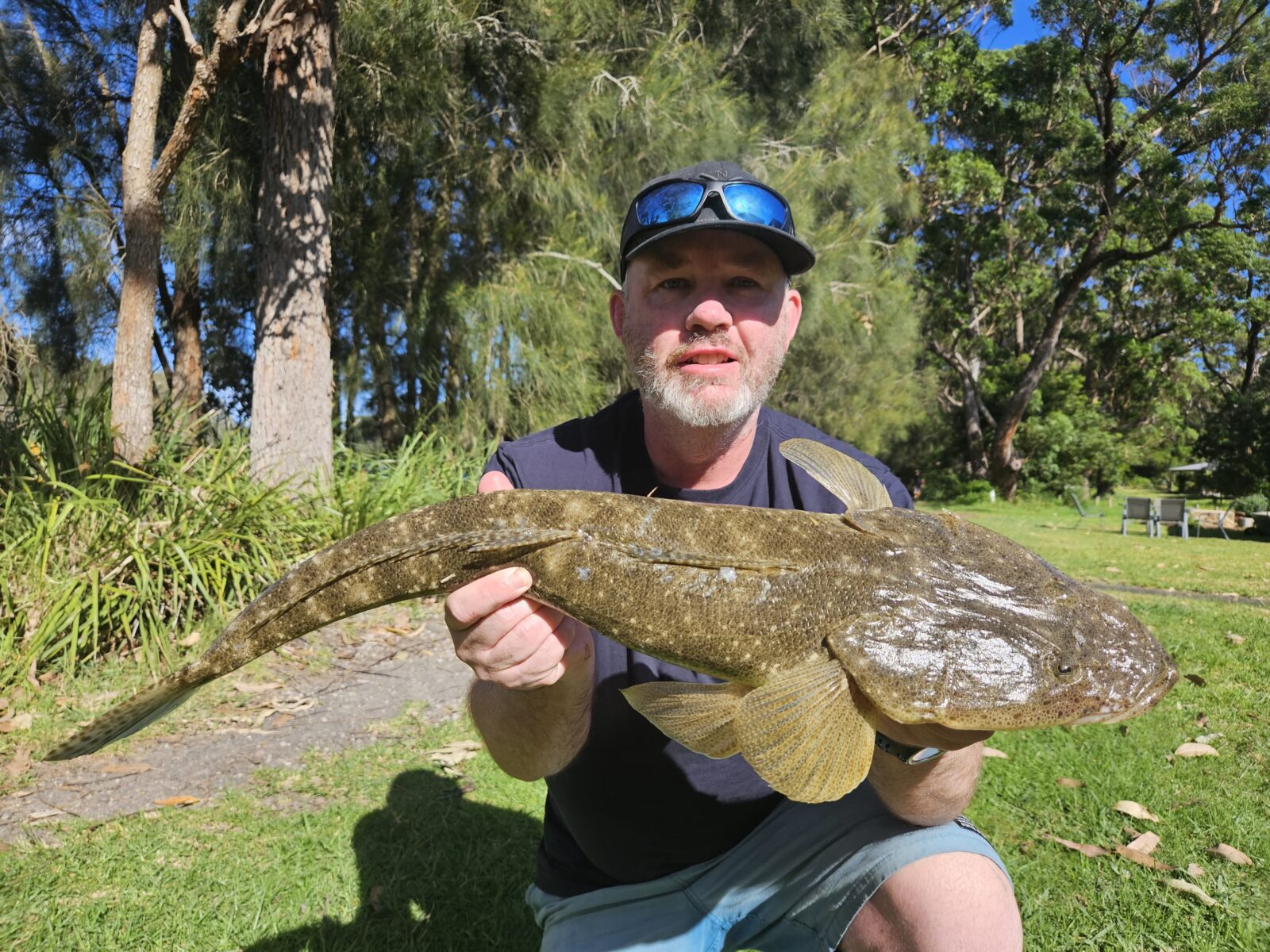
I assume these fish left the system, as reports of big flatties have been few and far between
since it closed.
The next time it bursts open I will make a note try my luck on the beaches adjacent to the
mouth as fish trapped for months inevitably make their way out and hole up nearby. I
suspect that’s what these big flathead did.
Surf species, including trophy tailor and mulloway, also ‘home-in’ on the area in a bid to cash
in on the baitfish, prawns and other morsels that get flushed into the sea.
Like I said before, when it comes to fishing ICOLLs, you’re never quite sure what you’re
going to get!





